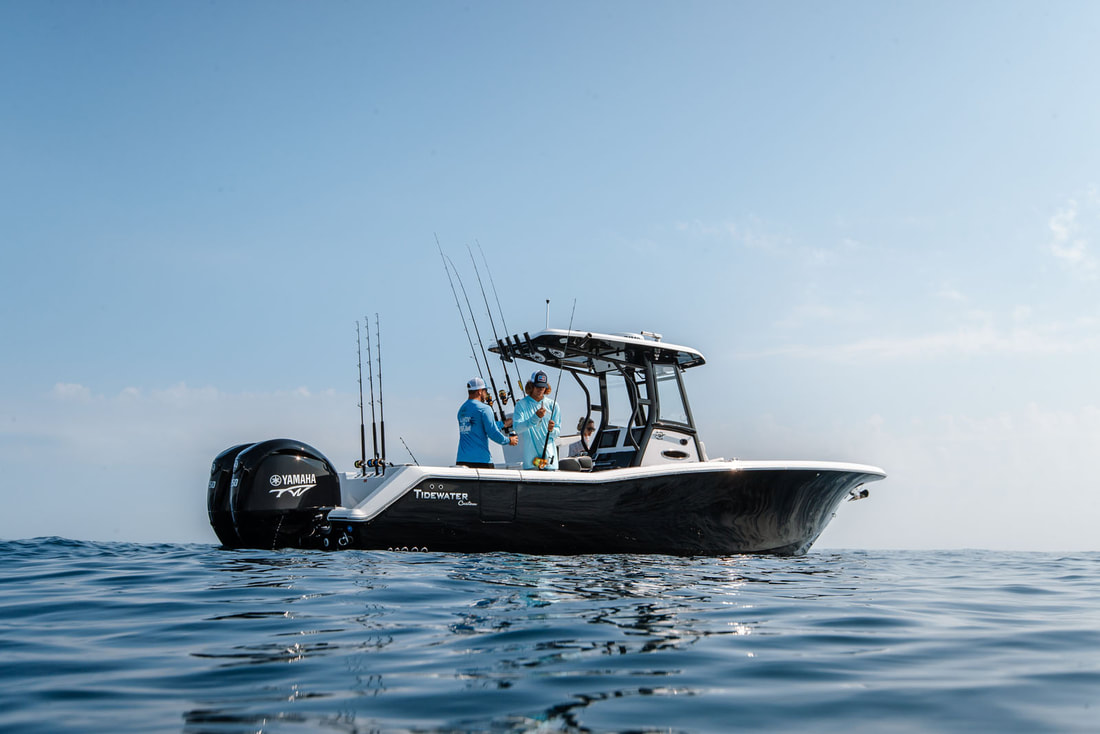What is Tidewater?
Tidewater is a term used to describe the water that surrounds the land area near where a river meets the sea. The term can also be used more broadly to refer to any coastal water body, such as an ocean or lake. The word “tide” comes from the Old English word for “time,” and “water” comes from the Proto-Germanic word for “water.” Together, they literally mean “the time of water.”
The term tidewater is most often used in reference to estuaries, which are semi-enclosed bodies of water where fresh river water mixes with saltier seawater. Estuaries are important habitats for many marine and terrestrial creatures, and they play a vital role in the global carbon cycle. They are also subject to strong tidal forces, which can cause dramatic changes in their environment over short periods of time.
In addition to estuaries, tidewater can also refer to any coastal body of water, including oceans and lakes. For example, the Gulf Stream is a large current of warm water that flows northward along the east coast of North America before turning eastward across the Atlantic Ocean. This current helps to moderate the climate of Europe by bringing warm air and moisture from the tropics.
Lakes located in regions with high tides (such as those on Cape Cod) are also considered tidewater bodies. These lakes experience regular changes in their level due to tidal effects, which can result in flooding or drainage depending on the direction of the tide.
Tidewater glaciers are another type of feature that can be found in coastal areas. These glaciers flow into the ocean and break off into icebergs, which can pose a danger to ships passing nearby.


